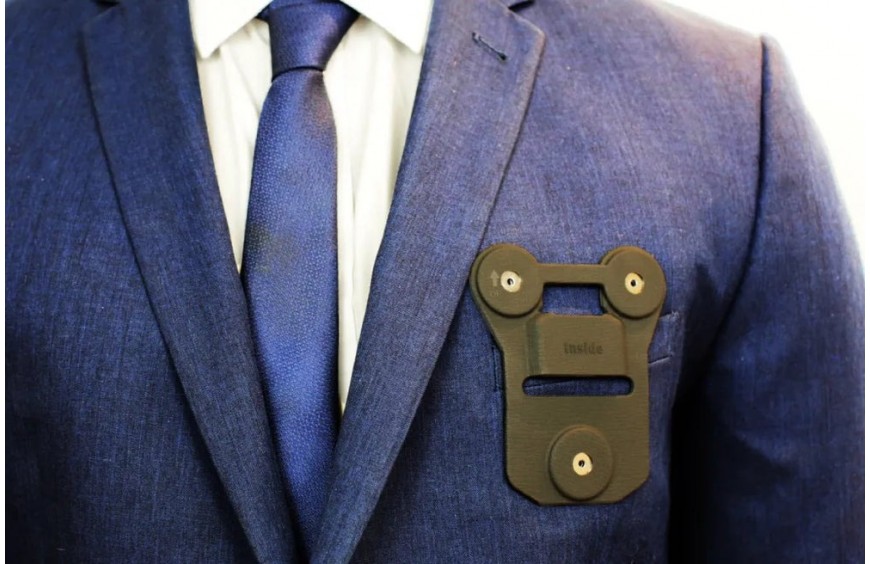How to Wear a Body Camera
Body cameras have become an essential tool in various professions.They provide a hands-free method of recording what happens in the field, giving an objective perspective that can be crucial for transparency and accountability. This guide will provide you valuable tips on how to properly wear a body camera to ensure optimal functionality and comfort.
Where to Wear it
When choosing the location to wear your body camera, several aspects need to be considered. Ideally, the camera should be positioned to offer a wide and unobstructed field of view. It must not interfere with your range of motion or risk falling off during any intense activity. Comfort is another essential factor.
Height also plays a significant role in the positioning of the camera, particularly for taller individuals. As a taller person, you will need to consider the height of the typical person you interact with to ensure that the camera captures their face effectively. This might mean adjusting the angle of the camera to point slightly downwards, ensuring accurate capture of events and interactions.
Best Position
The primary purpose of your body camera determines its optimal positioning. Whether you're capturing everyday interactions or recording digital evidence in high-stake situations, the camera's positioning must prioritize an unobstructed field of vision, comfort, functionality, and ease of use.
One common placement is on the shoulder or collar. This location allows the camera to mimic your line of sight, capturing what you see and providing a reliable perspective in most scenarios. However, caution must be exercised with this placement as raising your arms or using tools (e.g., firearms for law enforcement officers) can block the camera or knock it out of position.
An example of this limitation was observed in an active shooter situation where an officer's firearm moved the camera from its shoulder placement, resulting in lost critical footage. Therefore, consider the type of activities you are frequently involved in, and make sure the chosen camera placement wouldn't impede the camera's functionality or your performance.
Recording Video and Audio
When it comes to deciding between recording video and audio or just audio, the placement of your body camera may be more flexible if you only require audio. Since visual capturing isn't required, you can place the camera at any location that does not muffle or obstruct the microphone. However, if both video and audio capturing are crucial, adhering to the positioning advice listed above becomes essential.
This ensures that the camera provides a clear and accurate visual and audio record of your interactions and activities. It's always important to consider the demands of your specific use-case when determining the optimal position for your body camera.
